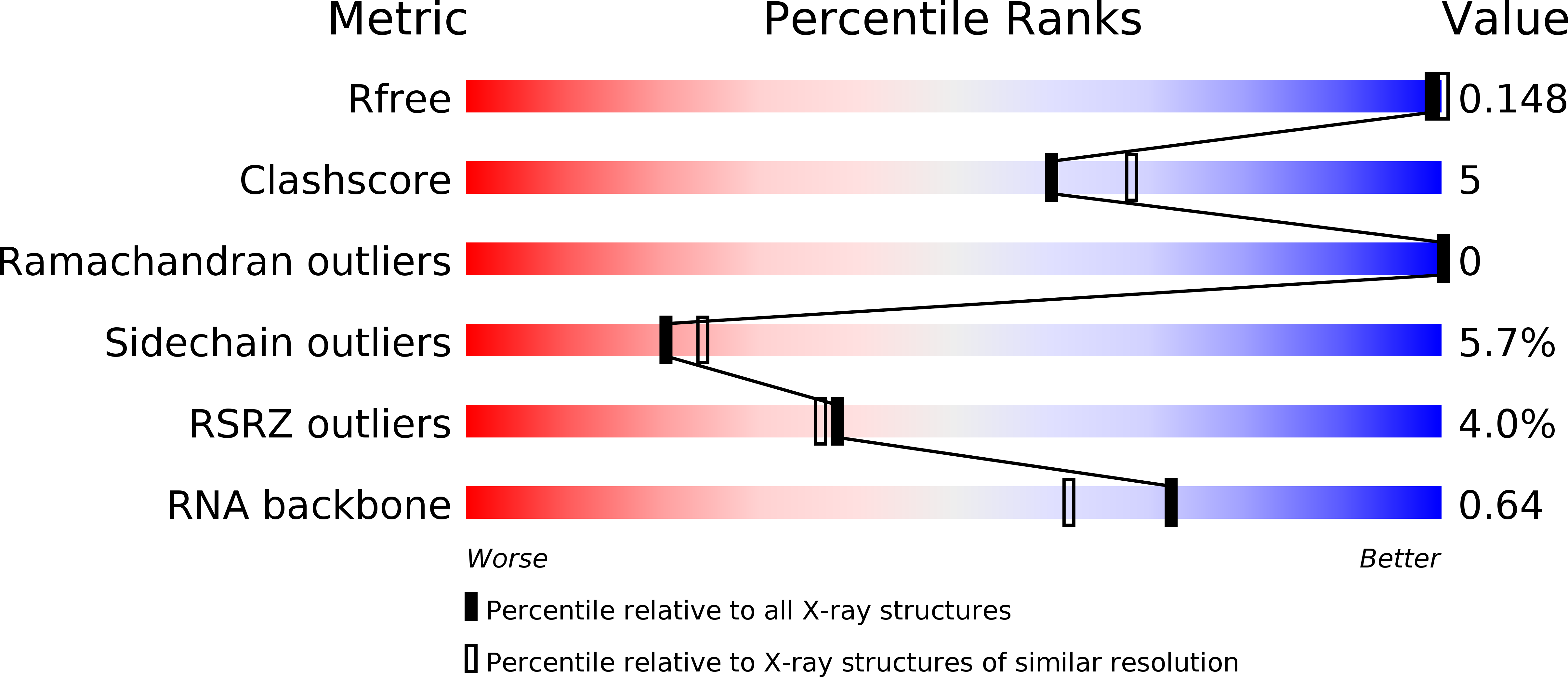
Deposition Date
2012-05-09
Release Date
2012-12-26
Last Version Date
2023-12-20
Entry Detail
PDB ID:
4ATO
Keywords:
Title:
New insights into the mechanism of bacterial Type III toxin-antitoxin systems: selective toxin inhibition by a non-coding RNA pseudoknot
Biological Source:
Source Organism:
BACILLUS THURINGIENSIS (Taxon ID: 1428)
Host Organism:
Method Details:
Experimental Method:
Resolution:
2.20 Å
R-Value Free:
0.19
R-Value Work:
0.16
R-Value Observed:
0.16
Space Group:
P 6


